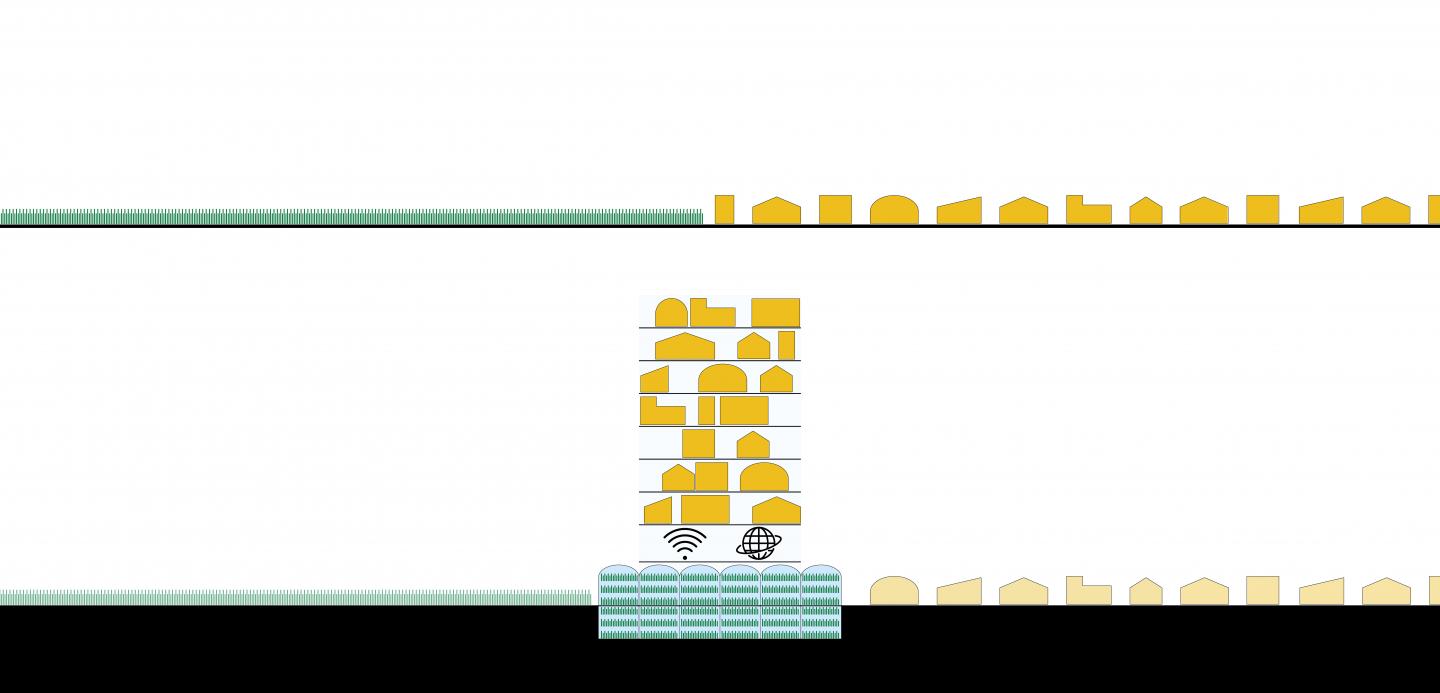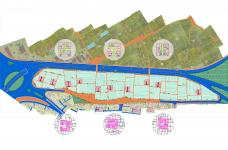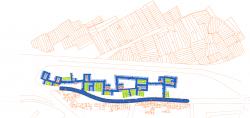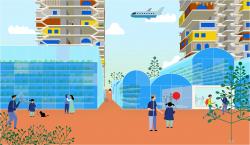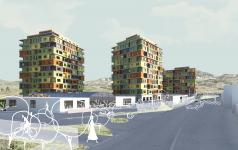Combo Plan
The combo scenario suggests e-economic neighborhoods instead of developments based on the density that is common in Iran. Vertical neighborhood where displaced residents who work and live in dilapidated areas right beside, are supposed to offer their products to consumer markets and contribute to GDP.
The land of this proposal is located on the border between the city and agricultural suburbs. The eastern part of this land is an old and dilapidated neighborhood called Hokmabad. The quality of the fabric of the neighborhood has put its residents at risk. Therefore, client of the “combo plan” has desired to invite them to relocate and reside in their project. The people of Hokmabad, who are mainly engaged in agriculture on adjacent lands and agricultural-related conversion industries such as carpet weaving, leather embroidery, etc., have poor economic conditions.
Agriculture in Iran is not very productive, while its water consumption is higher than international standards, and in a water-scarce country like Iran, this does not seem logical. Traditional respect for farmers has caused them to consume 92% of the country's water resources and in return contribute to 8% of GDP, which shows that this type of agriculture is not economical in the country.
Agriculture in the proposed area also follows this pattern, and residents who consume a lot of water resources do not have a good economic benefit from it, while another reason for the minimal economic harvest, along with the minimum return, is the relationship between intermediaries and the domestic sales market. While the foreign market is completely out of their reach.
These people who live in dense urban houses have their own culture and this culture is reflected in the typology and planning of their houses.
The “combo plan” seeks to fulfill the three basic assumptions of bringing work and residence together:
1. Consider a safe place for the people of Hokmabad to be at a higher level so that they can use the concrete slabs like the ground and somehow rebuild their houses on various levels.
2. Provide hydroponic greenhouses at levels close to the ground so that these people, mostly farmers, engage in high-yield and up-to-date farming and prevent the harmful consumption of water and drought.
3. Consider administrative and high-tech departments to establish startups for distributing agricultural products so that products can be sold more easily and domestic production can be helped.
The proposal also addresses education and recreation in other areas to minimize intra-city travel and enable the development of future generations.
The positive point of this plan is the openness of all communication routes and common properties, and the independence of the houses, which minimizes the possibility of virus transmission, as well as the integration of work, leisure and educational activities along with housing, establish the possibility of limited communication with outside of the complex that Increases covid-19 spread.
2020
2020
Concrete Slabs
Hydroponic greenhouse
Mohammadreza Ghoddousi, Nogol Zarbafian, Fateme Rezaei Fakhre Astaneh, Golnaz Bahrami
